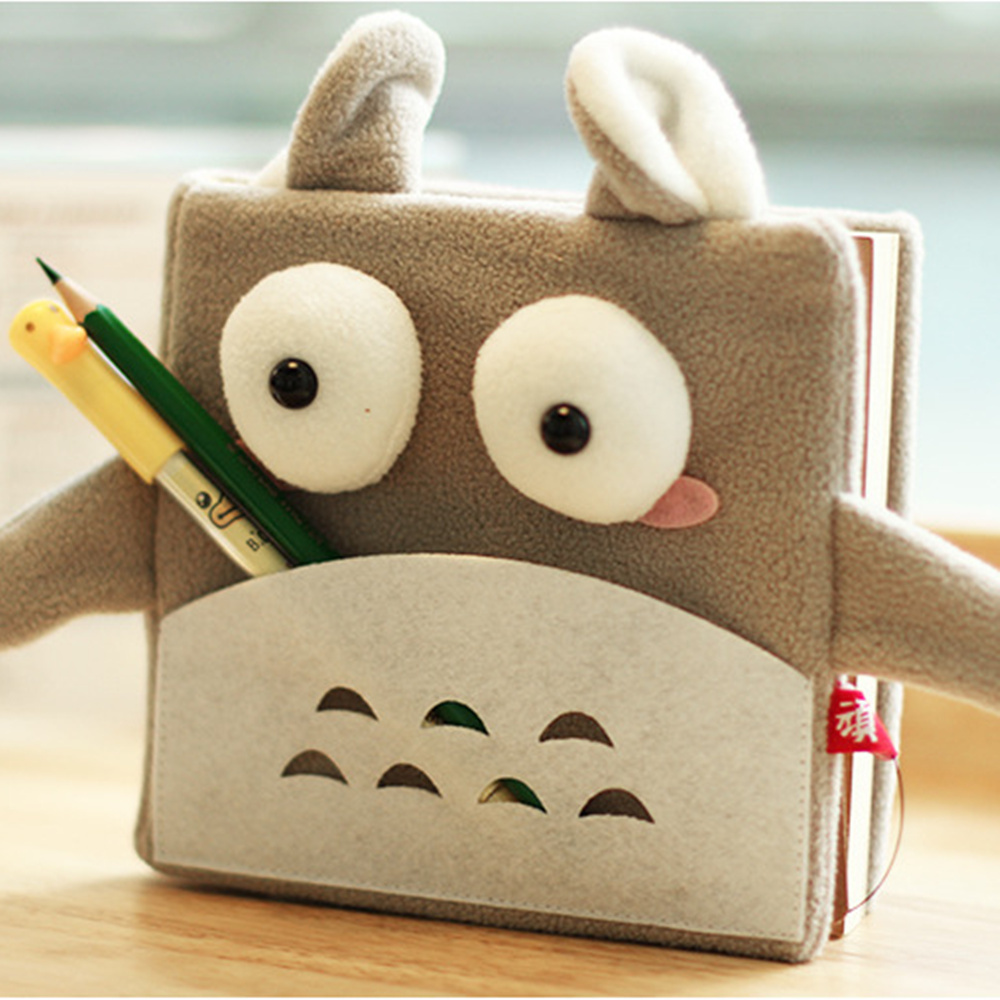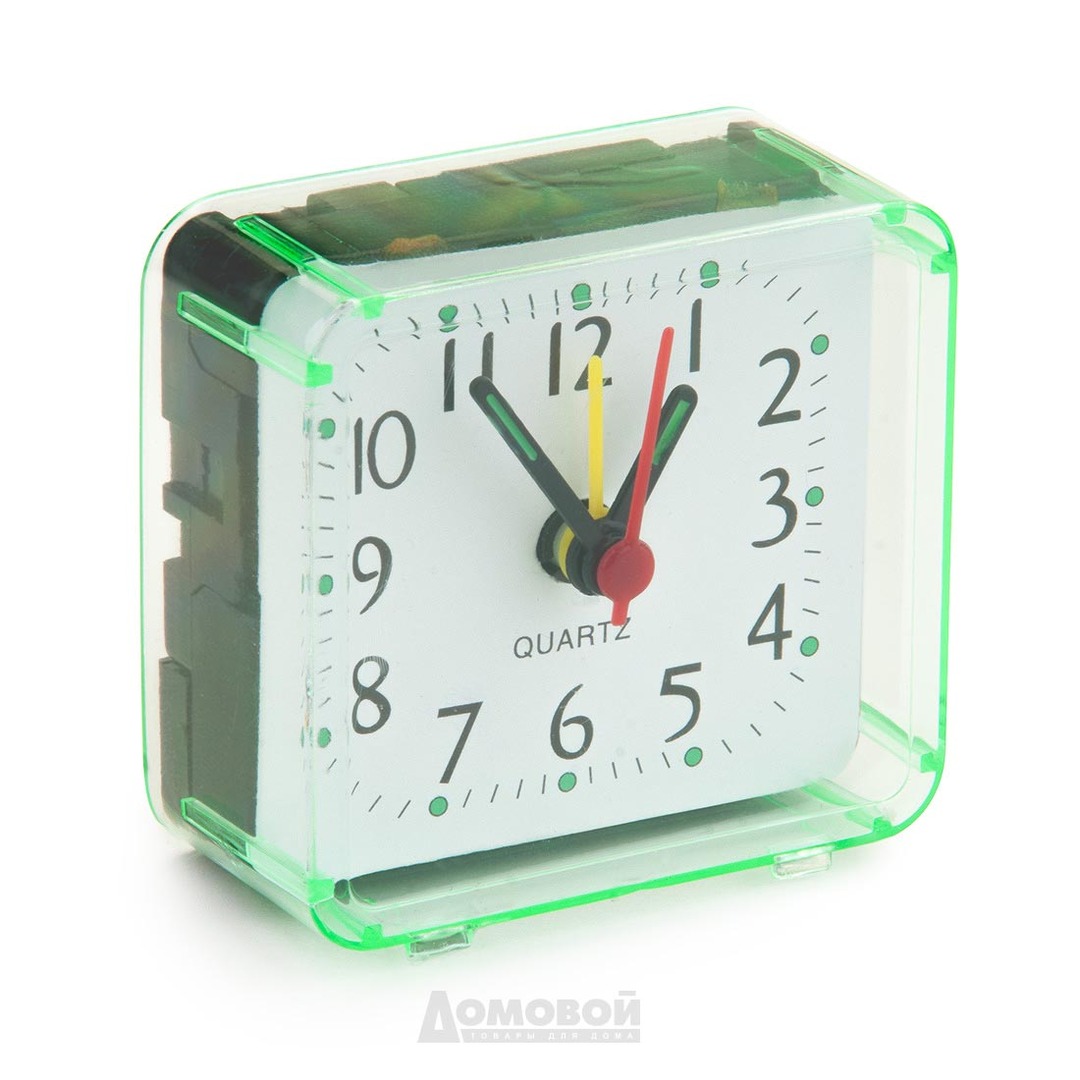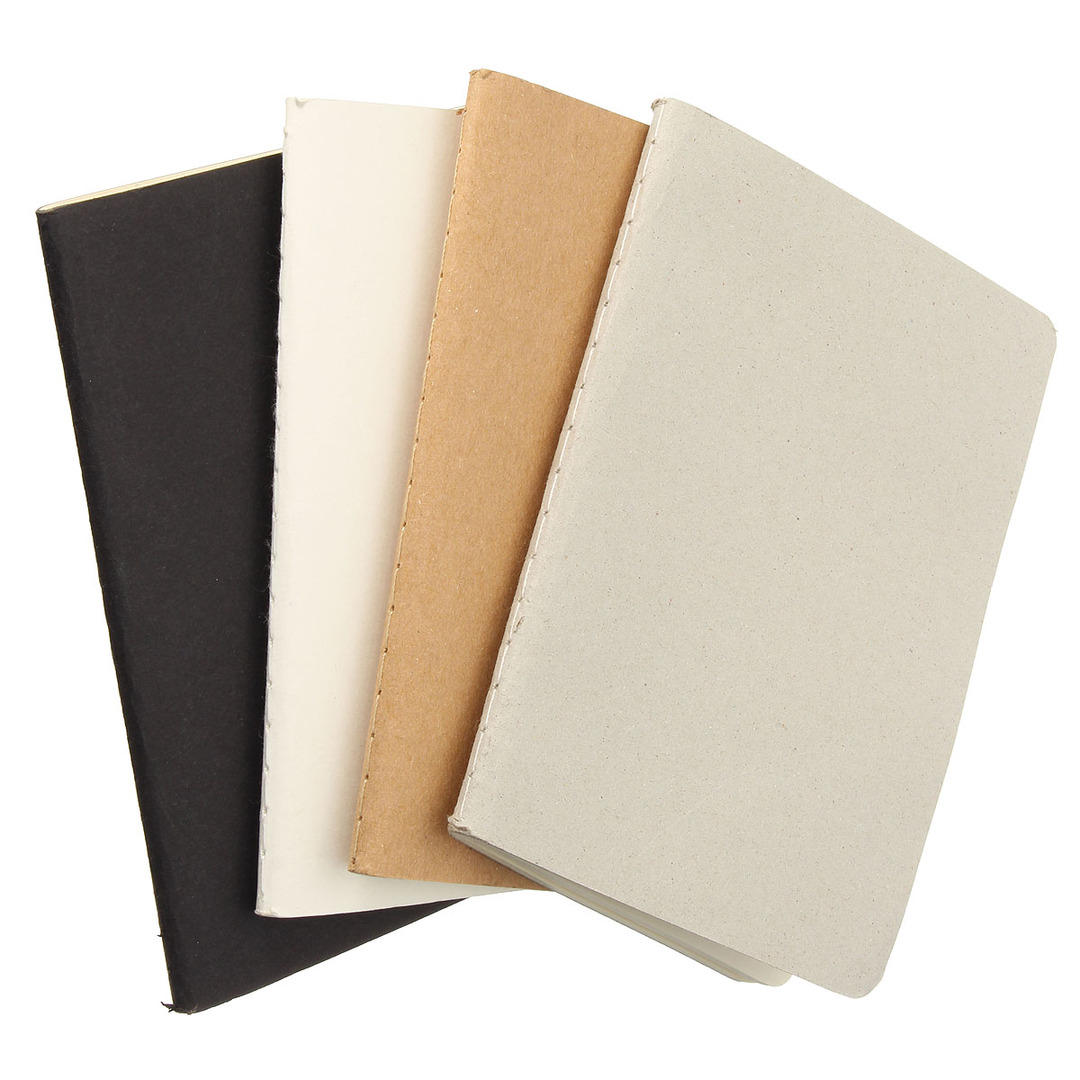Embroidery has a long history, which goes back to primitive man, who first sewed clothes for himself from animal skins. Over the years, the life of a person has improved, and with an increase in his comfort, a desire has come to decorate his clothes and home. The primary source of jewelry was embroidery.
Embroidery is a rather painstaking and monotonous work that promotes immersion in a trance state. In this state, our brain begins to work at different frequencies, which leads to calmness and peace. But to cheer up will help https://nekdo.ru .
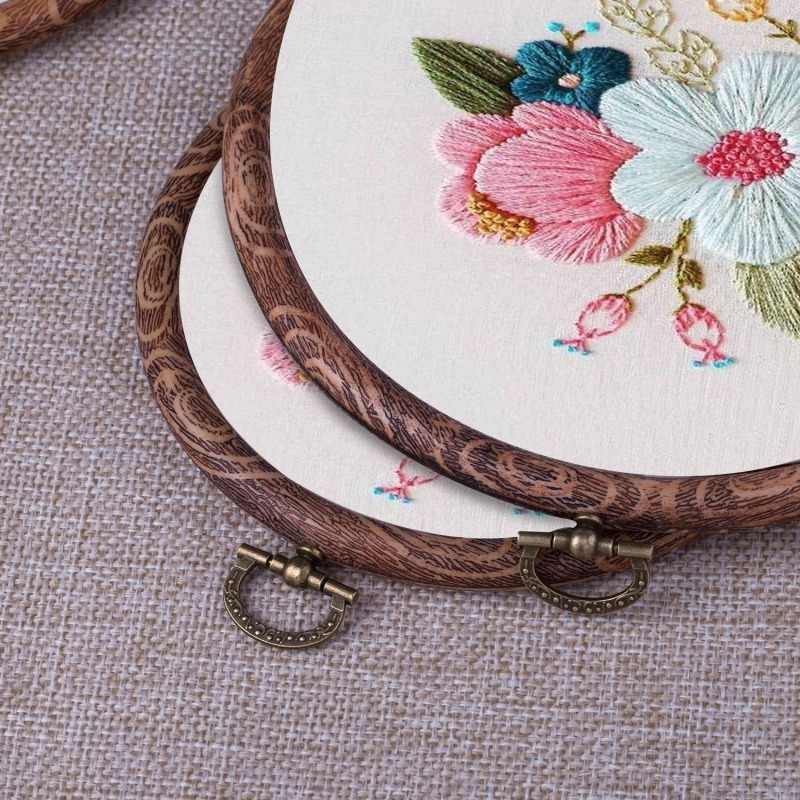
Interior items and clothing with the help of embroidery began to turn into real works of art. If initially only various threads of cotton, flax, hemp, silk, wool were used, then over time in embroidery began to use pearls, precious stones, beads, sequins, coins, shells and many others decorations.
This art form is notable for the fact that everyone can learn it. First, you should learn how to correctly perform simple seams, and then gradually, you can move on to more complex work.
The simplest seams include the so-called contour seams, which include: the traditional "forward needle", tambour, stalked, looped, "goat", "knots". Such stitches are often used for embroidery of stems and twigs, flower cores, etc. They are not difficult to execute, do not require special skills in embroidery, but they are the first springboard on the path to mastery, overcoming which it will be possible to perform more complex patterns. You can start to try yourself in embroidery at the beginning on a small piece of fabric with a clear interweaving of the threads of the canvas. Sewing such seams will allow you to achieve a good hand position when embroidering, fastening the thread to the fabric, etc.
Having originated in ancient times, the art of decorative embroidery has been preserved for many centuries in the decoration of houses, clothes and various household items.
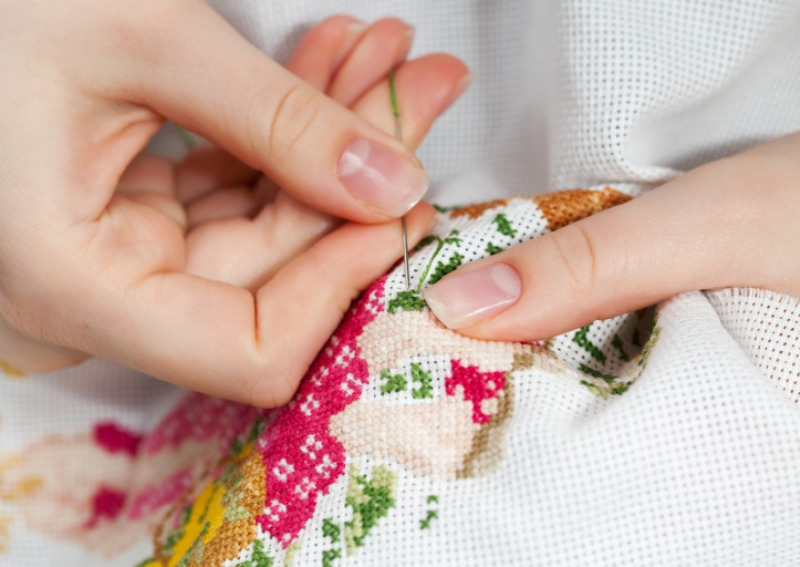
There is no exact information about where and when embroidery appeared in general, and when cross-stitching became a separate type of needlework. There are almost no original embroideries dating back to the 12th century. But the images of clothing and interior items indicate that embroidery appeared much earlier. In different countries, the patterns differed in style and colors used. The embroidery reflected the national flavor and their own vision of the beauty of each nation.
Embroidery became especially popular in the 16th century. In Western Europe, it consisted mainly of biblical stories and texts combining various techniques. By the end of the 18th century, the classic cross stitch clearly began to prevail on embroidery patterns. And on the subject of embroidery, they have become more diverse.
In the East, carpets, capes, pack bags were embroidered. A distinctive feature of oriental embroidery is the variety of colors used and the complexity of the ornament.
In Russia, embroidery has always been very symbolic. Some patterns were born in ancient times and bear the imprint of pagan symbolism.

